[ 5257] Roman Republic L. Thorius Balbus moneyer Silver Denarius (20mm, 3.84 gm.) Rome mint: 105 B.C. Reference: Babelon Thoria 1. Sydenham 598. Crawford 316/1. Head of Juno Sospita right, wearing goat's skin, I . S . M . R. Bull charging right, H above, L . THORIVS below, BALBVS in exergue. This moneyer was a native of Lanuvium and Cicero describes him as a man who lived in such a manner that there was not a single pleasure, however refined or rare, that he did not enjoy. Juno was worshipped at this city as the protectress of women, especially in pregnancy. The rushing bull is a type parlant of the moneyer's name. Provided with certificate of authenticity. CERTIFIED AUTHENTIC by Sergey Nechayev, PhD - Numismatic Expert Lanuvium (more frequently Lanivium in Imperial Roman times, later Civita Lavinia, modern Lanuvio) is an ancient city of Latium (Latin: Lānŭuĭum or Lānĭuĭum), some 32 km southeast of Rome, a little southwest of the Via Appia. Lanuvium was situated on an isolated hill projecting south from the main mass of the Alban Hills, and commanding an extensive view over the low country between it and the sea. According to the legend, it was founded by Diomedes, or by one Lanoios, an exiled from Troy. The first documented traces of the settlement dates however from the 9th century BC. In the 6th century BC it was part of Latin League. It warred against Rome at the battle of Aricia (504 BC) and Lake Regillus (496 BC) and again in 383 and 341 BC, mostly with negative outcomes. In 338 BC it was conquered by Rome. At first it did not enjoy the right of Roman citizenship, but acquired it later; and even in imperial times its chief magistrate and municipal council kept the titles of dictator and senatus respectively. It was especially famous for its rich and much venerated temple of Juno Sospes, from which Octavian borrowed money in 31 BC, and the possessions of which extended as far as the seacoast. It possessed many other temples, repaired by Antoninus Pius, who was born close by, as was also Commodus. Other people who sojourned in Lanuvium include Marcus Aemilius Lepidus, Marcus Iunius Brutus and Marcus Aurelius. One prominent native of Lanuvium was Lucius Licinius Murena (consul of 62 BC) whom Cicero defended in late 63 BC. The edict of Theodosius I (391 AD), which made Christianity the sole religion of the Roman Empire, caused the decay of the city, which was later abandoned. Remains of the ancient theatre and of the city walls exist in the modern town, and above it is an area surrounded by a portico, in opus reticulatum, upon the north side of which is a rectangular building in opus quadratum, probably connected with the temple of Juno. Here archaic decorative terracottas were discovered. The acropolis of the primitive city was probably on the highest point above the temple to the north. The neighborhood, which is now covered with vineyards, contains remains of many Roman villas, one of which is traditionally attributed to the Emperor Antoninus Pius. The Roman Republic was the phase of the ancient Roman civilization characterized by a republican form of government. It began with the overthrow of the Roman monarchy, c. 509 BC, and lasted over 450 years until its subversion, through a series of civil wars, into the Principate form of government and the Imperial period. The Roman Republic was governed by a complex constitution, which centered on the principles of a separation of powers and checks and balances. The evolution of the constitution was heavily influenced by the struggle between the aristocracy (the patricians), and other talented Romans who were not from famous families, the plebeians. Early in its history, the republic was controlled by an aristocracy of individuals who could trace their ancestry back to the early history of the kingdom. Over time, the laws that allowed these individuals to dominate the government were repealed, and the result was the emergence of a new aristocracy which depen ...
más ...
Similar Coin Groups

1 Tetradracma Período Helenístico (332BC ...
grupo tiene 2 monedas / 2 precios
Add coin to this group
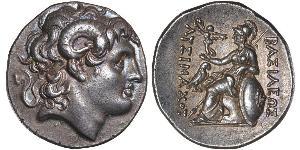
1 Tetradracma Antigua Grecia (1100BC-330 ...
grupo tiene 14 monedas / 14 precios
Add coin to this group

1 Tetradracma Artaxiad dynasty (190BC - ...
grupo tiene 56 monedas / 3 precios
Add coin to this group
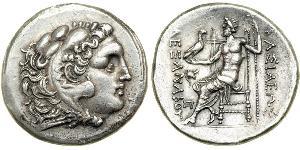
Tetradracma Reino de Macedonia (800BC-1 ...
grupo tiene 202 monedas / 195 precios
Add coin to this group
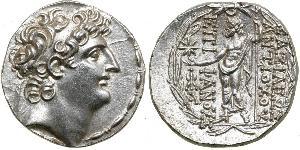
1 Tetradracma Imperio seléucida (312BC-6 ...
grupo tiene 20 monedas / 19 precios
Add coin to this group
2025-05-25
- New coin is added to 1 Ducat Provincias Unidas de los Países Bajos (1581 - 1795) ...
1 Ducat Provincias Unidas de los Países Bajos (1581 - 1795) ...
grupo tiene 10 monedas / 9 precios
⇑
1697, Netherlands, Zeeland Province. Large Silver Knight Ducat Coin. Damaged! Mint Year: 1785 Denomination: Silver Knight Ducat Province: Zeeland (mint mark: castle) Reference: Davenport 49 ...
2025-05-29
- New coin is added to 1 Cent Reino de los Países Bajos (1815 - )
1 Cent Reino de los Países Bajos (1815 - )
grupo tiene 18 monedas / 18 precios
⇑
Netherlands - 1 Cent 1862
Usted podría estar interesado en …

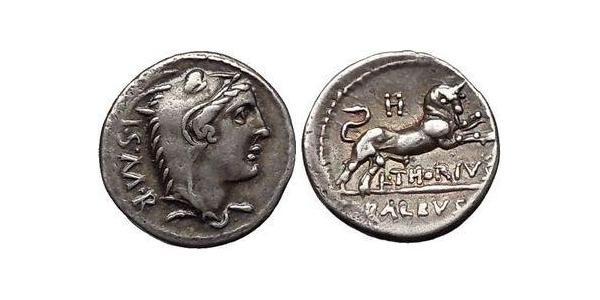








-300-150-nf4K.GJAcbQAAAEu7g61Lgu3.jpg)
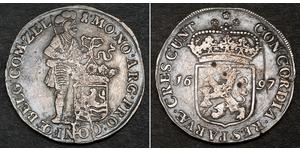
-300-150-3mesHgTy6ZwAAAGPwuFVj7L2.jpg)






